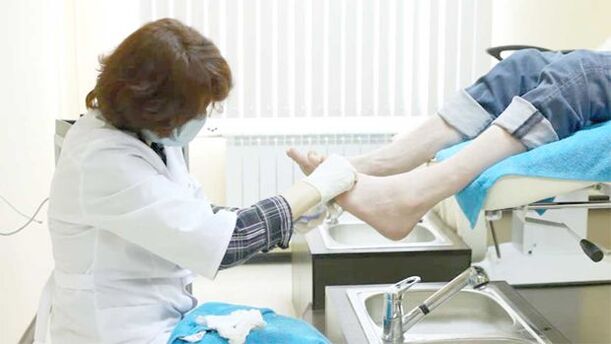
What should you do if you find out you have fungal disease?
Which expert should I contact? Who is responsible?
The price
- The size of the affected area;
- severity of illness;
- the number of laboratory tests required;
- Physician's qualifications.
How about an appointment with a mycologist?

Difference Between Mycologist and Dermatologist
What tests are prescribed?
- Scratching of the skin on the foot area and between the toes;
- Analysis of the infected nail plate (its fragments);
- Blood tests for antibodies to allergens and fungal diseases.
important! If the above studies do not bring the expected results, a histological examination is performed to ensure that the patient is fungus-free. In this case, consider the option of mechanically damaging the nails.
How does treatment work?
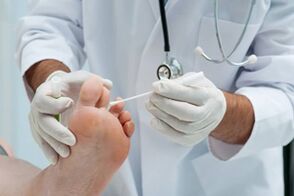
important! Medications to treat fungus have many side effects, so never self-medicate! The lesion may move to another location, and the disease may become more severe. It is important to see a specialist so that this disease can be dealt with as quickly and safely as possible.
systemic treatment
- Oral medication (tablets).
- Topical preparations (in the form of creams, ointments, etc. )
- The nail is surgically removed.
Remove nail plate
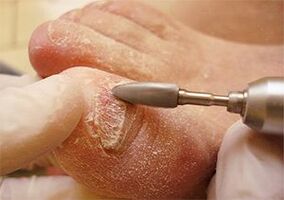
Laser Treatment
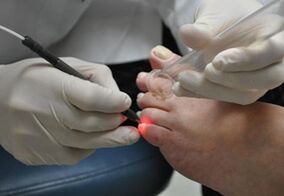
pedicure treatment
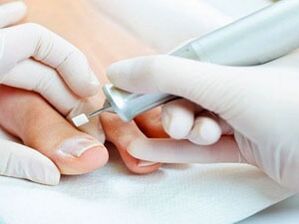
- Ingrown nails often occur;
- There are many calluses, corns, and warts on the feet;
- The nail plate is thin and fragile.
important! Use caution when choosing an expert. Make sure you are qualified and that your pedicure tools are handled correctly.
Prevent fungal diseases of the legs
- Don’t walk on the beach without shoes;
- Always wear closed-toe rubber shoes when in bathrooms and saunas to protect against splashing water;
- After bathing, dry your feet thoroughly, paying special attention to the creases between your toes. You can also use talcum powder or a special antifungal cream;
- Don’t use other people’s shoes;
- Wear clean stockings or socks every day.
















